The 5 piece “ready for anything” camera kit
Sometimes when we take our camera out with us, we have in mind quite specifically what we want to capture, and so can plan the kit we take accordingly. But other times we might just go out on a walk with the intent to take photos of anything we find interesting.
Similarly, when packing for a holiday, we need to take the equipment that will be most useful in the majority of situations. There is no point in carrying heavy gear around with you if it's not going to get much use.
So, here is my suggestion for the 5 piece "ready for anything" camera kit. With this kit you should be able to get pretty good photos of almost anything you come across, and be ready for the large majority of photographic situations. Other than the tripod, it won't take up too much room or weigh you down too much as well.
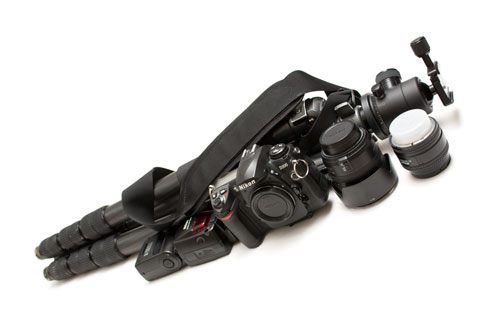
Camera
The first item is kind of obvious. It wouldn't be much of a camera kit without the camera. I prefer to use a camera that accepts interchangeable lenses than a compact camera with a built-in lens.
Interchangeable lens cameras like most MILCs, DSLRs, and SLTs have quite a few benefits that make them more suitable for getting great results in almost any situation:
- Better depth of field control (ability to blur out the background when wanted)
- Larger dynamic range (bright areas don't blow out white so easily)
- Faster autofocus performance and better autofocus tracking of moving subjects
- Less shutter lag
- Better performance in low light (both in terms of image noise and autofocus performance)
- Availability of specialist lenses (e.g. superwide, fisheye, telephoto)
- Availability of large number of accessories (e.g. speedlights, remote shutter releases)
- RAW image capture (allows more leeway for post processing editing)
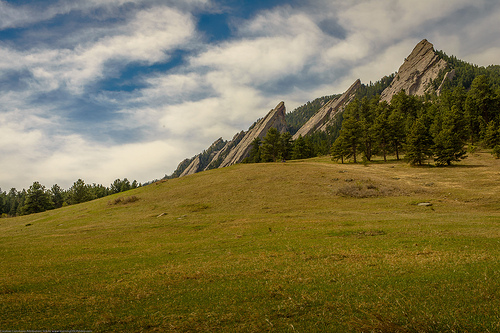
Flat Irons - D800 by Dave Dugdale on flickr (licensed CC-BY-SA)
So, as a "ready for anything" camera, an interchangeable lens camera will serve you well.
General purpose zoom lens
A good general purpose zoom lens that goes from wide angle to short / medium telephoto is a must if you are not sure what subjects you are likely to be shooting. Examples of general purpose zoom lenses could be a 18-135mm lens for APS-C cameras, a 24-105mm lens for full frame cameras, or a 14-42mm lens for a four thirds camera.
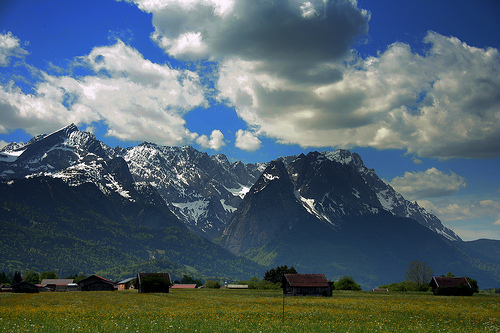
Alps by John-Morgan on flickr (licensed CC-BY)
The wide angle end of the lens is good for landscape photography, helping to capture the grandeur of the whole scene in front of you. It also works well for architectural photography when photographing streets and buildings in a city.
The middle and long end of the zoom can be good for quick portraits. The long end of the zoom can also be good for getting shots where you can't get so near to your subject. This could be animals in a zoo, or architectural details high up on a building.
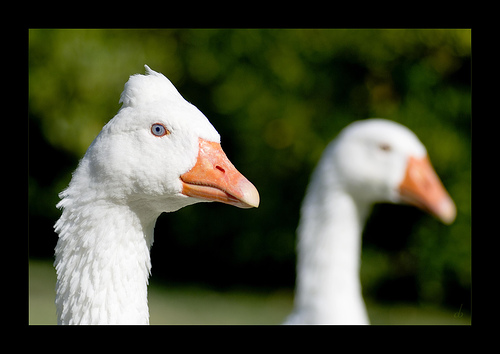
Untitled by Carlos Benayas on flickr (licensed CC-BY-ND)
It's not the perfect lens for sports (in fact it could be argued it's not the perfect lens for anything), but it will do a reasonably good job for a large range of subjects.
The main benefits of a zoom lens are that it lets you use several different focal lengths without having to carry several different lenses. It also makes it much simpler and faster to switch from one focal length to another, since no lens changes are needed.
Fast prime lens
A fast prime lens, for example a 50mm f/1.8 lens is quite small, and won't take up much space in your bag. The fast aperture of the lens means that it works great for low situations. When used at its largest aperture it will let through much more light than a zoom lens would when set to the same focal length.
The large aperture also makes it easy to get beautifully defocused backgrounds, with only a sliver of the image in sharp focus. This is good for portrait photography, and can also work very well for photos of flowers.
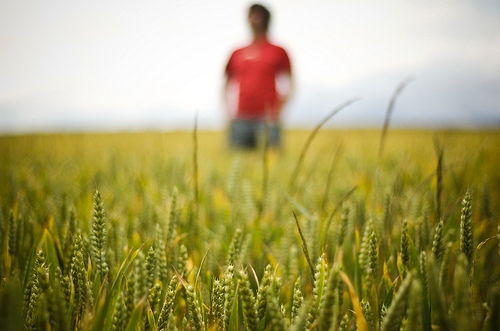
031/365: 60 second walk by benjaminasmith on flickr (licensed CC-BY-SA)
As an alternative to a fast prime lens, you could consider a macro lens. A macro lens probably won't offer quite as large an aperture as a standard 50mm lens (most macros have an aperture of f/2.8). And macro lenses also cost a bit more.
However, a macro lens will still work well as a portrait lens. The aperture of f/2.8 provides a good amount of background blur in the majority of situations. But the main benefit is it allows you to get close-up shots that are not possible with a standard lens.
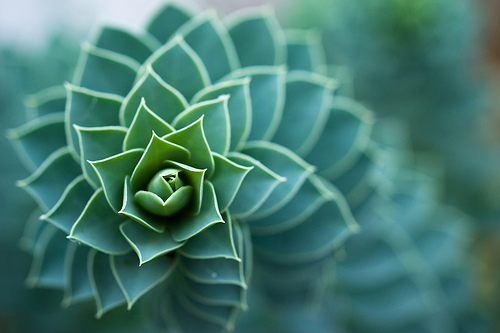
Bokeh Spiral by eriwst on flickr (licensed CC-BY-SA)
Tripod
A tripod lets you keep your camera steady. The slower pace required by using a tripod can also make you think more carefully about the shot, and how best to set it up, resulting in a better photo.
But the main reason for using a tripod is to prevent camera shake causing blur in your photos. This is useful when the light level is relatively low and / or when you want to use a slow shutter speed.
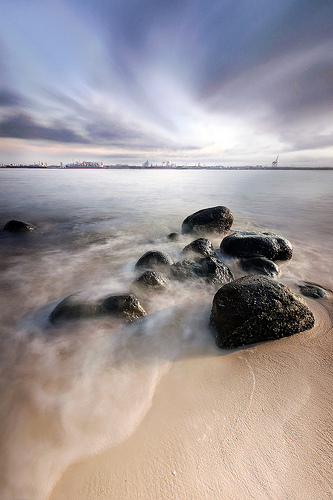
Breather. by digitalpimp. on flickr (licensed CC-BY-ND)
This might be shooting a landscape at sunset or twilight, or shooting city streets at night. Sometimes you may want to use a slow shutter speed during the day, to blur moving water or clouds. Again, a tripod (or at least some form of camera support) is essential.
With modern carbon fiber tripods, you can get a solid tripod that weighs less than you might think.
Speedlight Flash
A hotshoe speedlight allows you to add extra light to a scene when needed. The important distinction between an external flash and your camera's built-in pop-up flash is that an external flash is both more powerful, and allows you to control the direction of the flash.
A speedlight allows you to tilt the flash head to point to a wall or the ceiling when shooting indoors. This bounces the light from the flash off the wall or ceiling, giving a much larger apparent light source, and much softer, even lighting.
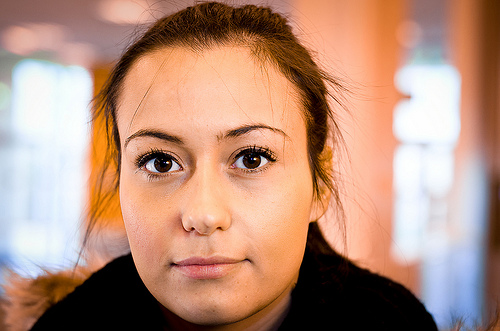
Eye contact by Mizrak on flickr (licensed CC-BY-ND)
As well as being useful for better photos indoors, a speedlight flash can also work well outdoors. Used off-camera, it can be used to fill-in shadows on a subject, or to create more dynamic lighting.
Okay, using the flash off-camera may require a flash sync cord, which would make this a 6 piece camera kit. But many modern cameras and flashes allow the camera to trigger the flash by a very low power flash from the pop-up flash. So no extra cord is needed if your camera and flash support wireless flash.
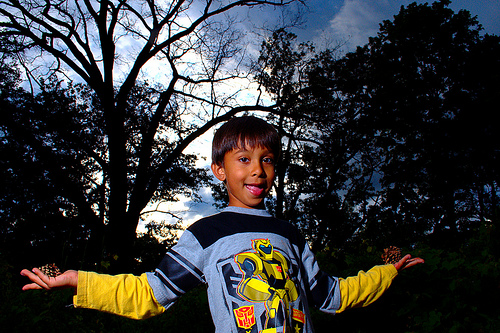
Nico by Ian Muttoo on flickr (licensed CC-BY-SA)
A flash can be helpful for close-up photography during the daytime. Because you are so close to the subject, light is often limited. During the day potential subjects such as insects are often moving around, and plants blowing about in the wind. This can make getting a fast enough shutter speed to freeze the subject difficult.
But by using a flash, you can add as much light to the subject as you need. Because you can place the flash close to the subject, it doesn't require a lot of power to light the subject nicely.
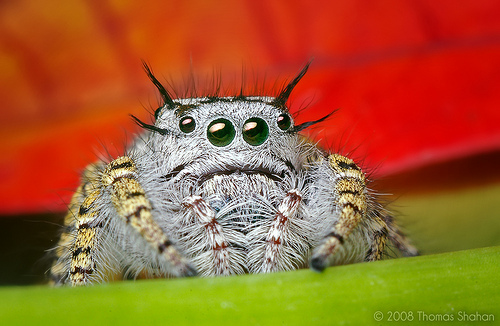
Adult Female Phidippus mystaceus Jumping Spider by Thomas Shahan on flickr (licensed CC-BY)
So, that's the five piece "ready for anything" camera kit - camera, zoom lens, fast prime lens, tripod, and flash. With this kit you should have most situations covered, at a reasonable weight, size, and cost.




